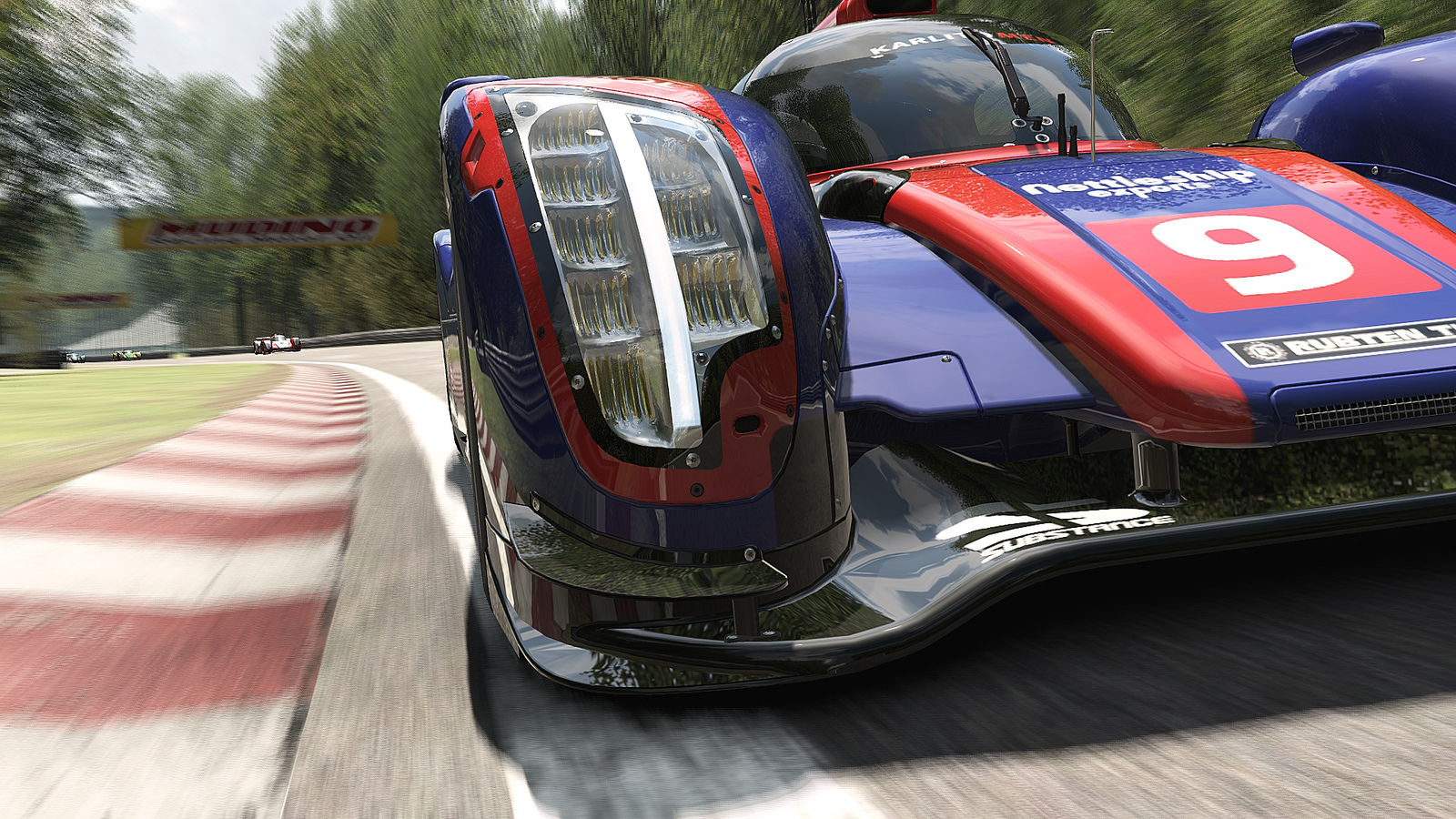Project Cars studio denies it intentionally crippled performance on AMD cards

Accusations that Slightly Mad Studios intentionally built Project Cars with a version of PhysX it knew wouldn't run properly on AMD video cards recently surfaced in a lengthy post on Reddit. The author claims, in great detail, that all PhysX calculations on PCs with AMD display cards must be offloaded to the CPU, which has a very detrimental impact on performance, and worse, the choice to stick it to AMD was made intentionally and nefariously, because of the studio's pre-existing relationship with Nvidia.
The allegations were widespread and specific enough to cause Slightly Mad to respond with an official denial. "For the past few days, erroneous information posted on Reddit and other websites has spread misinformation with regards to Project Cars' performance on systems using AMD GPUs," it wrote in a statement.
"To correct the wrongful assumptions regarding Project Cars’ performance on AMD GPUs, the Madness engine and the degree of involvement from our third-party technical partners, Slightly Mad Studios feel compelled to point out the following facts:
- Project Cars is not a GameWorks product. We have a good working relationship with nVidia, as we do with AMD, but we have our own render technology which covers everything we need.
- NVidia are not "sponsors" of the project. The company has not received, and would not expect, financial assistance from third party hardware companies.
- The Madness engine runs PhysX at only 50Hz and not at 600Hz as mentioned in several articles
- The Madness engine uses PhysX for collision detection and dynamic objects, which is a small part of the overall physics systems
- The Madness engine does not use PhysX for the SETA tyre model or for the chassis constraint solver (our two most expensive physics sub-systems)
- The Madness engine does not use PhysX for the AI systems or for raycasting, we use a bespoke optimized solution for those
- The physics systems run completely independently of the rendering and main game threads and utilizes 2 cores at 600Hz
- The physics threading does not interact with the rendering, it is a push system sending updated positional information to the render bridge at 600Hz
- Any performance difference with PhysX would not be reflected with differences in comparing rendering frame rates. There is no interaction between PhysX and the rendering
- Overall, PhysX uses less than 10% of all physics thread CPU on PC. It is a very small part of the physics system so would not make a visual difference if run on the CPU or GPU
- Direct involvement with both nVidia and AMD has been fruitful in assisting with the game performance at various stages of development. Both AMD and nVidia have had access to working builds of the game throughout development, and they have both tested builds and reported their results and offered suggestions for performance improvements.
- Testing of the game with different driver versions has produced a variety of performance results on both nVidia and AMD hardware. This is entirely to be expected as driver changes cannot always be tested on every game and every card, and this is the reason why both companies produce game-specific driver profiles, to ensure that they can get the best out of the game.
- Project CARS does not use nVidia specific particle technology - the system we use is a modified version of the same technology we used on the Need for Speed: Shift and Shift Unleashed games, and was entirely developed in-house. The reason the performance drops when there are a lot of particles on screen is simply because processing a large number of particles is very expensive."
In a separate thread originally posted on a private Slightly Mad forum and quoted on HardForum, studio boss Ian Bell categorically denied that Nvidia had paid anything toward the development of the game, and indicated that the problem with performance on AMD cards is "mainly a driver issue."
Keep up to date with the most important stories and the best deals, as picked by the PC Gamer team.

Andy has been gaming on PCs from the very beginning, starting as a youngster with text adventures and primitive action games on a cassette-based TRS80. From there he graduated to the glory days of Sierra Online adventures and Microprose sims, ran a local BBS, learned how to build PCs, and developed a longstanding love of RPGs, immersive sims, and shooters. He began writing videogame news in 2007 for The Escapist and somehow managed to avoid getting fired until 2014, when he joined the storied ranks of PC Gamer. He covers all aspects of the industry, from new game announcements and patch notes to legal disputes, Twitch beefs, esports, and Henry Cavill. Lots of Henry Cavill.

